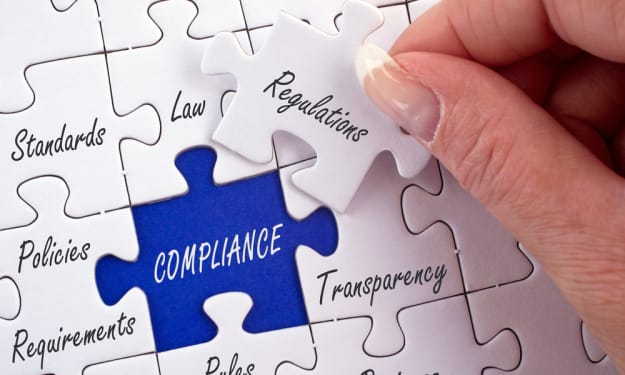
I give HR a mixed review on their effectiveness as the organization’s agent to bring in the talent necessary for long term success.
Even though they would argue that one of their key roles is to recruit and select the people the organization needs, my observation over a 30-years dealing with HR teams is that they tend to focus more on the "administrative aspects" of their roll — managing salary and incentives programs, coordinating training and development plans, ensuring compliance regulations are satisfied, and administering reward and employee equity programs.
I was always concerned that "people management" leadership didn't give a high enough priority to defining and acquiring the skills and competencies necessary to deliver superlative performance and long term success.
The business of HR seemed to occupy most of their time.
I do think, however, HR can make a difference in discovering the best people and bringing them into the organization.
But they have to cast off traditional pedantic ways and approach their mandate differently.
These five actions will re-vector their energy and produce better results by supplying the organization with the people it can’t do without.
1. Redefine the human resource mandate.
Redefine the human resource mandate to be 80 percent a strategic tool for the organization and 20 percent an HR practitioner — "the HR department."
This means having a deep understanding of what the strategic game plan of the organization (http://www.bedifferentorbedead.com/blog/item/54) requires to be successful and then translating it to what it specifically means to HR.
HR must take a right-angled turn away from practising HR to leading the execution of the "people piece" of the strategy.
In its new role, HR becomes essential in creating a comprehensive competitive advantage for the firm.
2. Develop a specific people acquisition strategy.
Develop a specific people acquisition strategy with a focus on the new skills and competencies required and those no longer critical to success. Furthermore, a tactical implementation plan including key milestones and assigned accountabilities must accompany the strategic objectives.
3. Business Unit Heads
3. Get the business unit heads — the leaders responsible for delivering the strategy to the market — to approve the people strategy. They are the clients of HR who depend on the right people with the right competencies being available at the right time and HR must serve them.
All too often, HR views its client as the chief executive and other executive leaders when it should be focusing on the business leaders charged with executing the organization's strategy.
4. Engage with Communities
Actively engage with communities that share the skills needed. HR must acquire the brand of being THE only team that stands for and attracts the scarce skills fundamental to their organization.
5. Dashboard Metrics of HR
Change the dashboard metrics of HR performance. Introduce strategy measures that reflect the extent to which the employee skills profile mix is changing to reflect the new competencies required.
And implement an Internal Report Card (http://www.bedifferentorbedead.com/blog/item/286) that has the business units rate the performance of HR on what they deliver to the front line teams in terms of the new skill sets required to compete.
My experience is that HR chooses what they do, or they do what the leader says; they need to be directed by those that run the operations units.
HR should not see themselves in the human resource management business.
Their prime objective should be to recruit the people with the new skills and competed competencies needed to see the organization survive and thrive.
If they stay their current course, HR professionals will not add the strategic value that should be demanded of them.
They will continue to do the same old same old stuff that makes them comfortable but nothing more.
About the Creator
Roy Osing
Roy Osing (@royosing) is a former President and CMO with over 33 years of executive leadership experience. He is a blogger, content marketer, educator, coach, adviser and the author of the book series Be Different or Be Dead.






Comments
There are no comments for this story
Be the first to respond and start the conversation.